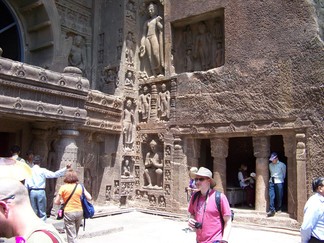 =0=
=0=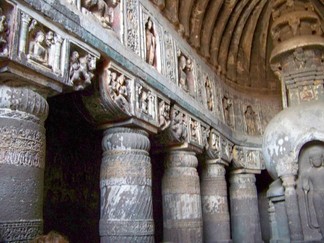 =0=
=0=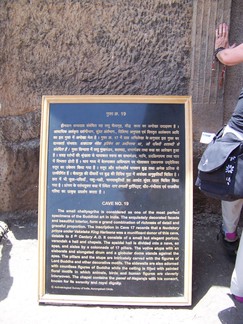 =0=
=0=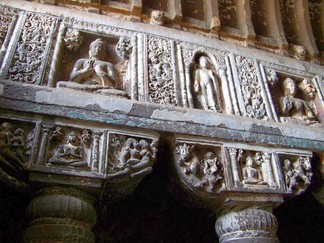 =0=
=0=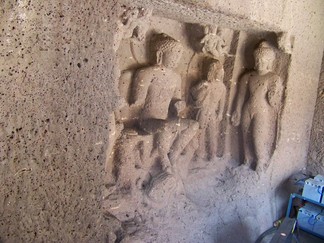 =0=
=0=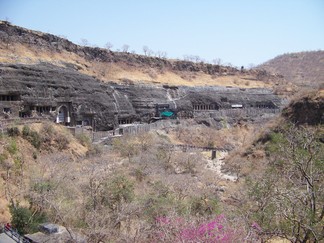 =0=
=0=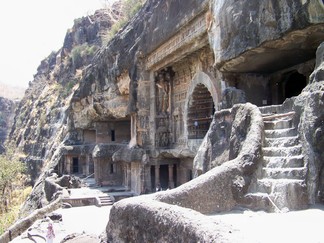 =0=
=0=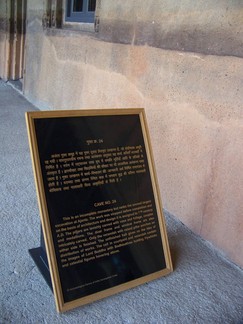 =0=
=0=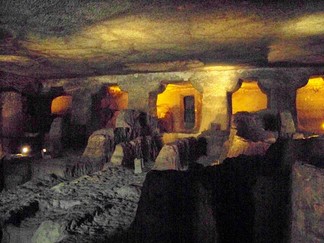 =0=
=0=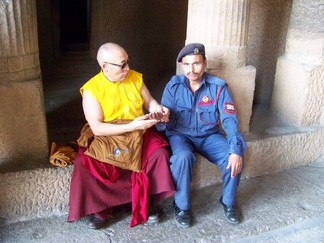 =0=
=0=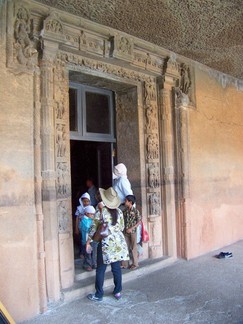 =0=
=0=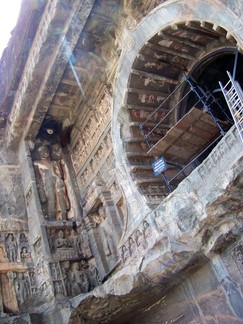 =0=
=0=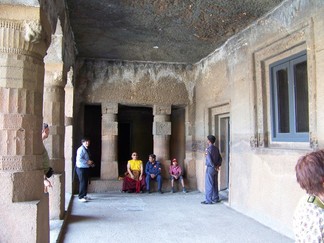 =0=
=0=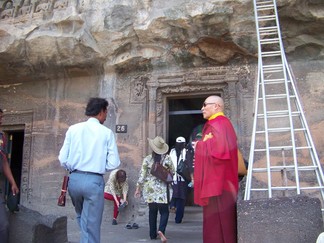 =0=
=0=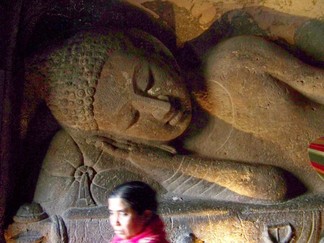 =0=
=0= =0=
=0= |
 =0=
=0= |
| Cave 19 was one of the most impressive partially because it was well lit naturally. The paintings did not fare so well (perhaps because of the open nature of this cave, but the carvings were quite intricate. |  =0=
=0= |
 =0=
=0= |
 =0=
=0= |
 =0=
=0= |
 =0=
=0= |
| Cave 24 was also very interesting. The exterior sections were very well carved, but the interior was largely unfinished. It is dated to 700AD when Buddhism was in decline and the patronage of the kings stopped (hence the worked stopped, too). Much of what we surmise about how the caves were carved comes from such incomplete works. We see that they started from the top and carved down making the cuts slightly larger than one person. Below is a picture of Lamala reading the palm of one of the security guards. |  =0=
=0= |
 =0=
=0= |
 =0=
=0= |
 =0=
=0= |
 =0=
=0= |
| One of the last caves we looked at (26) had the reclining Buddha. |  =0=
=0= |
 =0=
=0= |
 =0=
=0= |
This page was last updated on March 26, 2012.